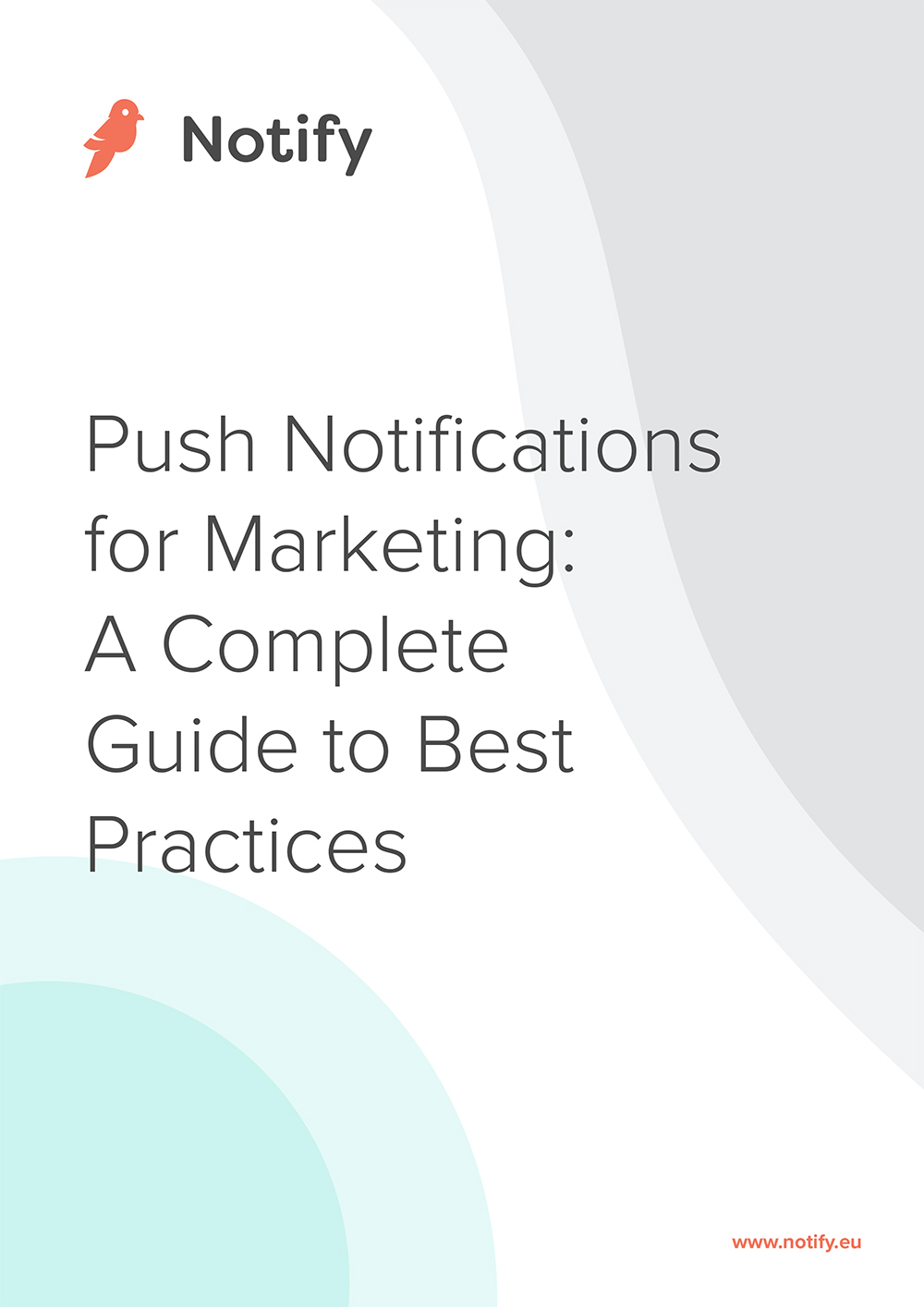The timing of a push notification is crucial. With instantaneous notifications, your users will not thank you for interrupting their day if it’s not appropriate timing. Knowing when to press ‘send’ isn’t as simple as choosing “the most popular time to send notifications”, it’s all about your audience and what will work harmoniously for them. If they’re used correctly, it’s proven that push notifications are a fantastic tool for marketing and retention which has seen their popularity increase as a communication tool.
This blog breaks down the timing considerations of sending push notifications, ensuring your customers don’t get frustrated or simply don’t engage due to a wrongly timed message.
Events based notifications
Real-time triggers are extremely valuable as they provide the best opportunity for a timely message. If a user recently purchased an item, send them a notification confirming their shipping date immediately, and this will come across as relevant and timely. If your sale is ending, remind your engaged users that there are only 24 hours to go. Notifications based on real-time events should be key in any push notification strategy – it’s all about relevancy for those on the receiving end, and shows that you know your customer.
Time-zones
This tip may seem very simple, but it’s easy to get it wrong. When publishing notifications, it may not always spring to mind to check the time-zones of those on the receiving end. If you push a notification out at 9am, it could be 1am in another part of the world, and your users will be less than impressed if they’re woken up by it. Check where your audience members are located and schedule notifications accordingly to ensure they receive the message at the time you want them to.
Get planning and scheduling
Planning is an important part of marketing and communications, and if you can choose preferable times and days for your messages to be pushed out, you should. It’s a good idea to check your internal database and external research to see when it’s popular for your demographic/ audience to engage with you. If you have this key information, you can plan ahead and schedule push notifications in advance, if the software you’re using allows that.
Consider the frequency
One thing that you should seek to avoid is sending too many messages and therefore, damaging relationships with customers and prospects. This will lead to them feeling fed up and turning off notifications. You may not know what frequency is considered “too much” – and there is no straight answer as it depends on your industry and audience. Just try to be realistic about how often your audience wants to engage and decide on a sensible frequency. If you’re really not sure, you can do some digging on Google by looking up the industry standard for push notifications.
Whilst it’s not easy to give a blanket answer for when all push notifications should be sent, by following these tips, you should be able work out what will work for your customer base. Testing different days and times with your user base is another option if you want to really ensure that your messages are tailored to the feedback you get. If you start to notice customers opting out of push, ensure you take a deep dive into the messaging and timing of your notifications to figure out why.
Want to learn more about push? Read about how segmentation is a winning strategy for push notifications.
Save time and money with your push notifications
Notify connects existing messaging services into one simple API.
